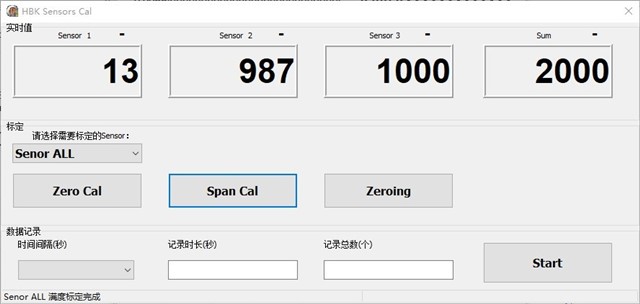Hi
I use ADS1262 like below picture, when I change the input of one different-input channel , it will affect the output of the next differential chennel . For example, when I change the input of channel 1(AIN0,AIN1), keep the input of channel 2 (AIN2,AIN3), but the output of channel changed, I don't know why.
I want to know how to deal with this reason.
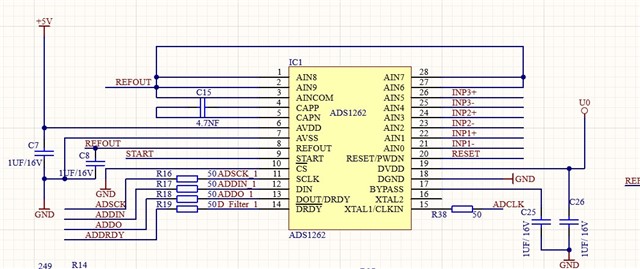
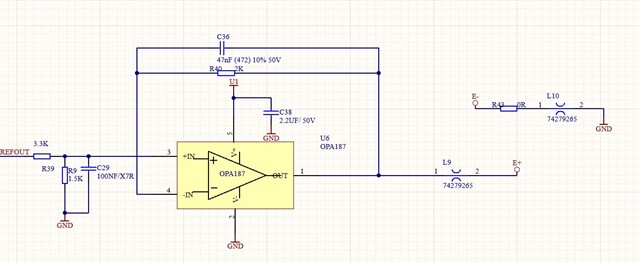
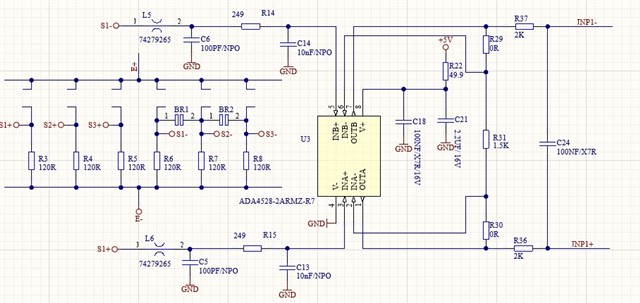
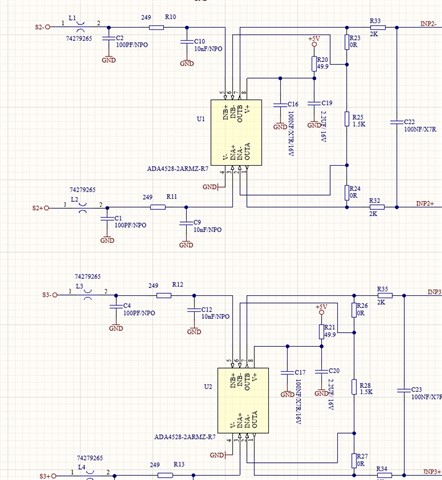
thanks and best regards
Kim



